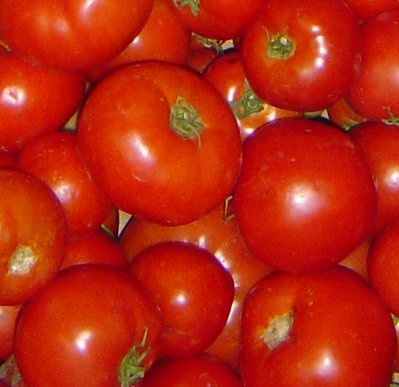In the driest state in the driest continent in the world, South Australian farmers are acutely aware of the impact of water shortages and drought. So, when it comes to irrigation, knowing which method works best is vital for sustainable crop development.
Now, new research from the University of South Australia shows that water quality and deficit irrigation schemes each have significant effects on crop development, yield and water productivity – with recycled wastewater achieving the best overall results.
Testing different water sources on greenhouse-grown tomatoes, recycled wastewater outperformed both groundwater, and a water mix of 50 per cent groundwater and 50 per cent recycled wastewater.
Researchers also confirmed that growers using deficit irrigation strategies (irrigation that limits watering in a controlled way) performs best at 80 per cent capacity, ensuring maximum water efficiency while maintaining excellent crop growth and yield levels.
Lead researcher and UniSA PhD candidate, Jeet Chand, says that the findings will provide farmers with valuable insights for productive, profitable and sustainable agricultural management.
“Water is an extremely valuable commodity in dry and arid farming regions, making efficient irrigation strategies and alternative water sources essential for agriculture production,” Chand says.
“Deficit irrigation is a strategy commonly used by farmers to minimise water use while maximising crop productivity but finding the most effective balance for greenhouse-grown produce can be tricky.
“In our research we tested optimum water deficit levels for greenhouse-grown tomatoes, showing that water at 80 per cent of field capacity is the superior choice for optimal tomato growth in the Northern Adelaide Plains.
“These results were enhanced by the use of recycled wastewater, which not only fares well for plants (by delivering additional nutrients) and for farmers (by reducing the need for fertilizer) but is also great for the environment.”
The Northern Adelaide Plains represents 90 per cent of tomato production in South Australia and contains the largest area of greenhouse coverage in the whole of Australia.
This study simulated tomato growing conditions in this region across the most popular growing season and over two years. It tested groundwater, recycled wastewater and a 50:50 mix of both, across four irrigation scenarios with soil moisture levels at 60, 70, 80 and 100 per cent of field capacity.
The highest growth levels were unsurprisingly achieved through 100 per cent field capacity, but mild water stress (80 per cent water capacity) delivered positive water efficiency without significant yield reduction.
While the results are positive for the tomato industry, Chand says there’s also good news for the home-gardening tomato aficionado.
“If you’re one of the lucky areas to have access to a verified source of recycled water, then your garden can also benefit from its additional nutrients,” Chand says.
“Remember, there is a significant difference between grey water – that is, water from the bath or dishes – and recycled water, so be sure to check your water source with your supplier.
“But if you have access to recycled water, great! Your tomatoes will grow like crazy, and you’ll be the envy of all your neighbours.”
Link to research (DOI): 10.3390/agriculture10070297
Source: Scimex












